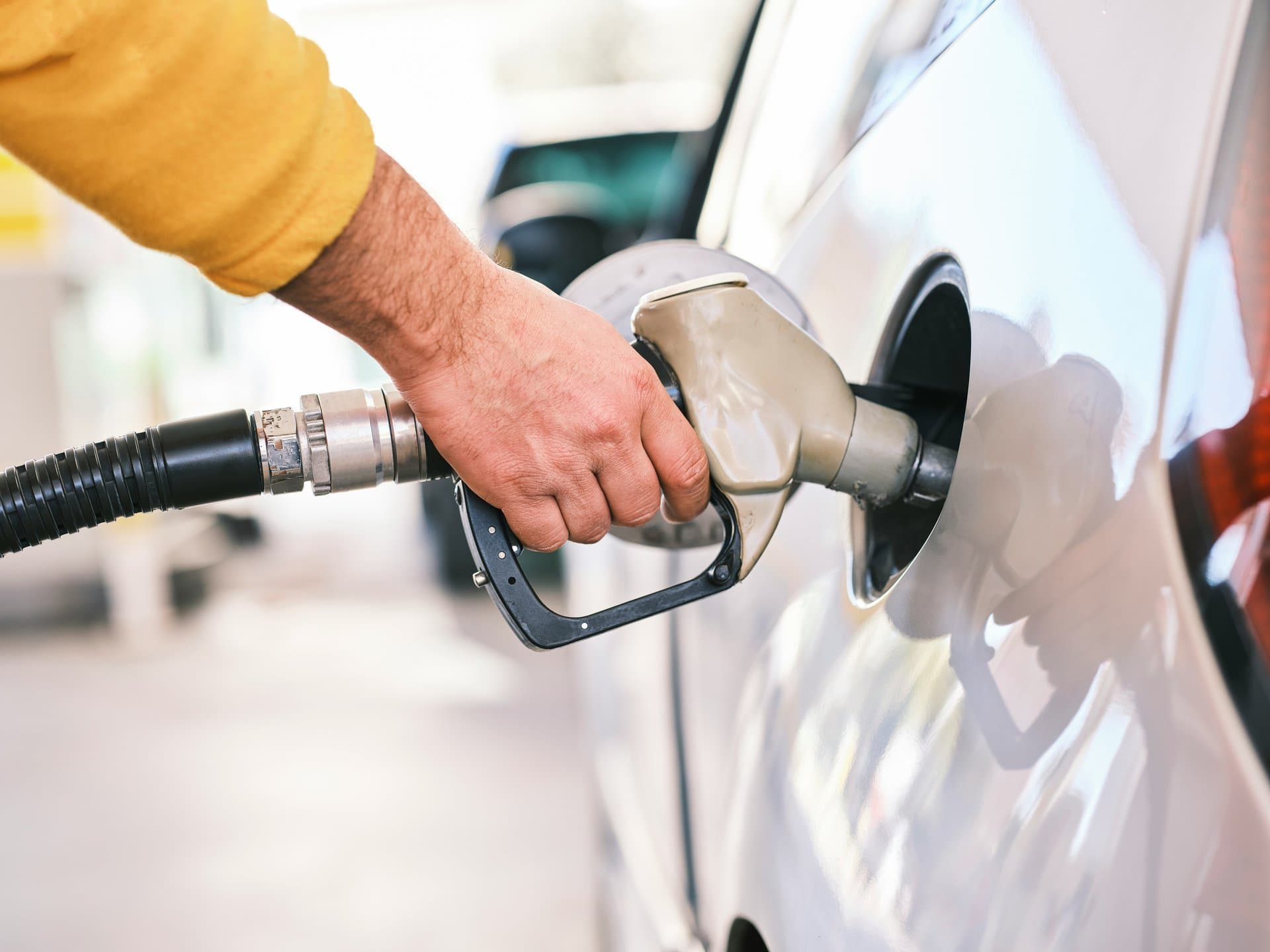Mastering Fuel Economy: Two Key Controls to Slash Costs
Discover how focusing on driving habits and vehicle maintenance can dramatically improve your fuel economy, saving thousands annually and turning fuel from a sunk cost into a strategic advantage.

Key Takeaways
- Driving habits and vehicle maintenance are the two controllable fuel economy factors
- Aggressive driving and idling can slash fuel efficiency by up to 40%
- Proper tire pressure and engine tune-ups boost MPG and save money
- Fuel is a strategic expense, not just a sunk cost
- Small changes can save thousands annually per vehicle

Fuel economy often feels like a mystery wrapped in a gas pump receipt. Drivers are bombarded with myths, gadgets, and conflicting advice, but the truth is simpler—and more empowering. You can’t dodge fuel costs, but you can control how much fuel your vehicle actually burns.
Two factors stand out as your real levers: how you drive and how well you maintain your vehicle. These aren’t just vague tips; they’re backed by hard numbers showing how small changes can save thousands annually.
In this article, we’ll unpack these two game-changers, bust common myths, and show you how to turn fuel from a dreaded expense into a scoreboard for smart business and personal driving.
Controlling Driving Habits
Imagine two drivers side by side. One speeds, accelerates hard, and idles for hours. The other keeps steady speeds, brakes gently, and limits idle time. The difference? Up to 40% better fuel economy in stop-and-go traffic. That’s not guesswork—that’s real math from the U.S. Department of Energy and FreightWaves data.
Speeding above 50 mph isn’t just risky—it’s a fuel guzzler. Aerodynamic drag spikes, and your MPG plummets. Idling, often overlooked, silently drains your wallet. At 1 gallon per hour, eight hours of idling wastes $212 weekly at $3.79 per gallon. Over a year, that’s $11,000 flushed away just sitting still.
The lesson? Your foot is your fuel economy’s master switch. Cruise control on highways, smooth starts and stops, and ditching unnecessary roof racks or cargo can add up to serious savings. It’s not about perfection but about being smarter than the driver next to you.
Optimizing Vehicle Maintenance
Your vehicle’s health is a silent partner in fuel efficiency. Neglect it, and you’re throwing money out the exhaust. Regular tune-ups keep your engine burning fuel cleanly and efficiently. Tire pressure, often ignored, can boost MPG by up to 3% when kept at manufacturer specs.
Under-inflated tires increase rolling resistance, making your engine work overtime. Misaligned wheels or dragging brakes add invisible friction, quietly killing your fuel economy. Even small things like dirty air filters on older vehicles can chip away at efficiency.
Maintenance isn’t glamorous, but it’s a direct line to savings. Think of it as tuning your money machine—every dollar spent on upkeep can save multiple dollars at the pump. It’s a classic case of care today, cash tomorrow.
Debunking Fuel Economy Myths
Fuel economy is a magnet for myths and quick fixes. Additives and fuel treatments promise miracles but deliver little if you’re ignoring basics like station choice and driving style. Spending $400 a week on poor fuel station selection wipes out any gains from fancy additives.
Another myth is that fuel is just a sunk cost—something you pay no matter what. That’s like saying taxes are just part of life without exploring deductions. Smart fleets treat fuel as a strategy, measuring and managing every drop.
Understanding your truck’s specs—rear drive ratio, tire size, and aerodynamics—matters too. Not all trucks are created equal, so expecting uniform MPG across your fleet is a recipe for disappointment. The math will always tell the truth if you pay attention.
Measuring What Matters
You can’t improve what you don’t measure. Tracking your fuel use, MPG, and costs per route turns guesswork into strategy. Consider this: a truck filling 120 gallons twice a week spends $372 more weekly when MPG drops just a bit. Annualized, that’s over $19,000 lost per truck.
Operators who focus on these metrics save $24,000 annually compared to those who don’t. It’s not about having better trucks—it’s about being smarter with what you control. Fuel cards matter too, but only if they align with where you actually fuel.
Start with yourself. Set realistic MPG improvement goals—say 10% better each week—and watch how small wins compound. The scoreboard isn’t just miles per gallon; it’s your bottom line.
Turning Fuel Into Strategy
Fuel isn’t just a line item on your expense sheet—it’s a scoreboard for how smart you run your business or personal driving. Small carriers bleeding thousands monthly aren’t unlucky; they’re ignoring the two levers they can pull.
In a volatile freight market, winning isn’t about the best rates—it’s about the least waste. That means treating fuel like a strategic asset, not a sunk cost. Whether hauling heavy loads or cruising coast to coast, your margin for error tightens with every gallon wasted.
You don’t need to overhaul everything overnight. Start caring more than the driver next to you. Measure, adjust, and outsmart waste. The relief of a funded fuel budget and the pride of a well-run operation await those who take control.
Long Story Short
Fuel economy isn’t a roll of the dice—it’s a game you can win by focusing on what’s truly in your hands. Driving habits like avoiding aggressive acceleration, speeding, and excessive idling can dramatically improve your miles per gallon. Pair that with diligent vehicle maintenance—think proper tire pressure and timely tune-ups—and you’re already miles ahead. Treat fuel as a strategic expense, not a sunk cost. The difference between a careless driver and a savvy one can be tens of thousands of dollars saved annually per truck. That’s not just money—it’s breathing room, peace of mind, and a competitive edge. Start small, measure what matters, and outsmart waste. In a market where rates and repairs are unpredictable, your fuel strategy is the surest path to profit and sustainability.